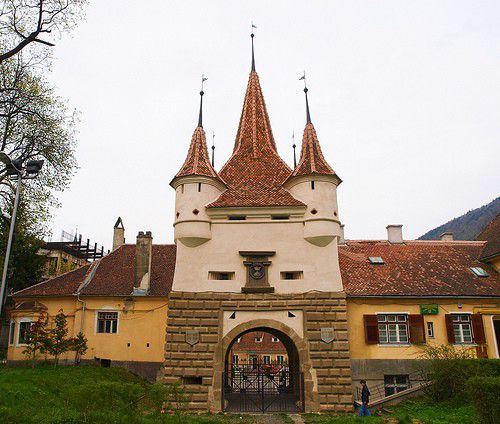Brasov’s first attested mention dates back to 1252, under the Latin name Corona or the German – Kronstadt, which translates to “Crown City”, both names being reflected in the city’s emblem.
On Mount Tâmpa once stood fortress called Brassovia, which eventually provided the Romanian name of the city. Archeologists also discovered the remains of a stone age settlement and of Dacic strongholds. The city of Brasov was built by the Teutonic Knights in 1211 in order to defend the border of the Hungarian Kingdom and was colonized by the Saxons of Transylvania, thus becoming one of the seven fortresses known as Siebenburgen. Traces of the German colonists’ influence can be seen in Brasov’s Gothic, baroque and renaissance architecture. All these things, together with a variety of historical attractions and breath-taking sceneries make Brasov one of the most visited places in Romania.








